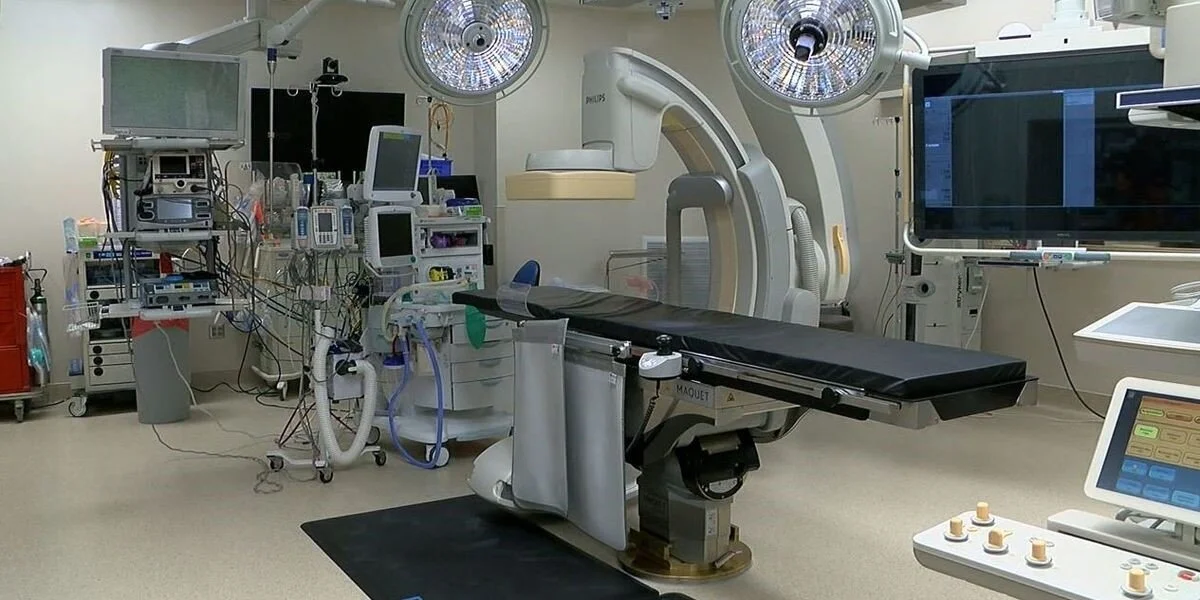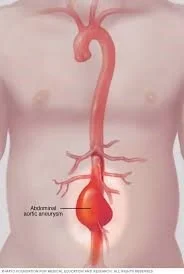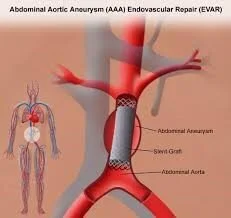How Hybrid Operating Rooms have changed the face Vascular Surgery
You might be wondering what this car has to do with vascular surgery?
This is a Prius, the first mass-produced modern hybrid vehicle; first produced in Japan in 1977. In actuality, it was not the first hybrid vehicle. This was:
This was the Lohner-Porche. Created in 1898, it debuted at the Paris Auto Show in 1900. Unlike the Prius, it was never mass-produced.
Both vehicles are hybrid vehicles; they utilize both gasoline and electricity. As these vehicles demonstrate, a hybrid is anything made by combining two different elements.
Just to be clear, I neither own a Prius nor have I driven one. Yet a Prius is an excellent example of a “hybrid”. Today, hybrid vehicles are made by just about every major vehicle manufacturer.(3) Not only are they making a positive impact on the environment, but they are also clearly advancing automotive technology and changing the way that we think about the vehicles that we drive.(4)
The field of vascular surgery has also experienced a similar revolution in technology with the introduction of the hybrid operating room.
A hybrid operating room is a unique combination of a catheterization lab and a sterile operating theater. In 2011, Carson Surgical Group partnered with Carson Tahoe Regional Medical Center and I oversaw the creation of the first hybrid operating room in Carson City. This changed the face and the standard of care for vascular surgery in this region.
In order to understand the importance of this technology, you have to know a little bit about the history of the treatment of vascular disease. Not less than 20 years ago, the vast majority of vascular surgery procedures could only be done as open surgery. In other words, if you had an Aortic Aneurysm,
The only way to fix it was with an open surgery.
This is a major surgery that carries huge risks of complications and death. However, technology began to advance such that more and more vascular surgeries could be done from within the artery. These “endovascular procedures”—procedures done from within the artery without the need for large incisions and exposures –began to change the way we treated patients with vascular disease. Stents (springs that keep the artery open) and stent grafts (spring-like tubes with fabric coverings that create an “internal bypass” within the artery) revolutionized the treatment of vascular disease. An example of this is an AAA EVAR (Abdominal Aortic Aneurysm Endovascular Aneurysm Repair)—Don’t worry, there is no quiz at the end and no extra credit if you pronounce all the words correctly.
It is here that surgeons ran into a problem.
In order to do these procedures, we needed advanced x-ray imaging so that we could see inside the body and direct these devices into place using x-ray guidance. The only place that has that type of imaging is a catheterization lab—the type of room where you would have a stent placed in your heart. These rooms have multi-million dollar x-ray imaging devices with incredible clarity, but they are not designed to do surgery. They do not have proper ventilation, anesthesia equipment, or the surgical equipment that is needed to do open surgery. In addition, they are staffed with radiology and catheterization lab technicians who are not trained in surgery. In other words, if I, as a surgeon, were doing a vascular procedure in this room, I could see clearly, but, I could not do an open surgery—it must all be endovascular.
Still, as surgeons, in order to affect a good outcome, we need the ability to do some parts of the procedure as an open surgery—we need all of the capabilities of an operating room. We need anesthesia, proper lighting and equipment, and technicians and nurses who are trained to work in the operating room. While there are small portable x-ray machines call “C-arms” (The actual X-ray camera is shaped like a “C” hence the name “C-arm”) the imaging is not clear enough to do the procedures. It would similar to watching the movie Avitar on a 20 in black and white TV—you can see, but not well and you do not have enough detail—it is just not the same. Again, as a surgeon, in the operating room, I can open the patient, but I cannot see inside the body with x-rays like I can in the catheterization lab.
–This is the part of this blog that reminds me of the old Reese’s Peanut Butter Cup commercial: “You got chocolate in my peanut butter”….”No, you got peanut butter on my chocolate”. –
The hybrid operating room was the final piece of the puzzle—the key component to allowing surgeons to change the way that we treat vascular disease. The hybrid operating room has all of the components of a major operating room–anesthesia, lighting, and equipment– combined with the advanced x-ray imaging capability of a catheterization laboratory. Staffing the hybrid operating room are a team of surgical technicians, catheterization lab technicians, and operating room nurses. Because of the capability in the hybrid operating theater, I can combine both open surgical procedures with advanced endovascular procedures in order to treat vascular disease like never before. When we combine this with even more “mind-blowing” technology like the ability to do parts of the surgery endoscopically (small camera systems that require only micro-incisions) and handheld ultrasound units that can also see into the body and are smaller than a “Star Trek Tricorder” it makes the treatment of vascular disease truly out of this world. Procedures that formerly required weeks in the hospital and months of recovery are now done as an overnight procedure or an overnight stay. Patients are often back to normal activity in less than a week!!
So, the next time that you are driving and see a Prius, rest assured that the automotive industry does not have the corner on hybrid technology. Hybrid operating rooms are now part of the standard of care in the treatment of vascular disease. Dr. Beal and I use our hybrid operating room nearly 5 days a week. While not every patient needs to have their vascular surgery in the hybrid room, it is clearly a technology that we cannot live without. The first hybrid car was created in 1898. Over 121 years later, hybrid vehicle technology continues to advance. I have no doubt that the treatment of vascular disease and the role of advanced hybrid operating theaters will be no different. It is only going to get more amazing from here!
References:







